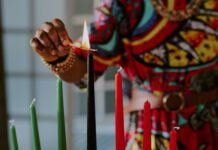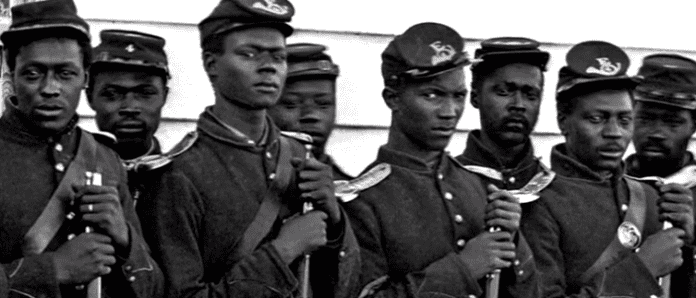
Garland H. White was born into slavery in 1829. Congressman Robert Toombs, who went on to serve in the Confederacy as a general during the Civil War, separated him from his family by purchasing him while he was still a young boy.
White, at the age of 21, made an attempt to escape but slave catchers caught and returned him to Toombs.
Two years later, Toombs was elected to the U.S. Senate. Around that time, White met an abolitionist, U.S. Sen. William Seward, who lived two doors down from Toombs in the Capital.
RELATED: Spirit of Freedom demonstration event shares Black stories from the Civil War
While in Washington, White was able to study to become a certified minister at the age of 30. He escaped to freedom again and went on to become a preacher after traveling north.
In many ways, White’s story was not unique.
‘Black people weren’t waiting for freedom’
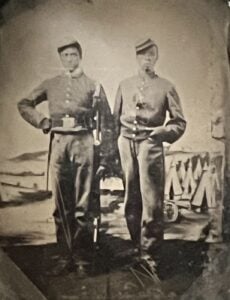
“Black people weren’t waiting for freedom. They actively sought freedom and made change. You can relay that to how men at the time responded to the call to arms,” said Kisha Tandy, curator of social history at the Indiana State Museum.
A new exhibit dedicated to President Abraham Lincoln and his connections to prominent African Americans is inside the museum.
White is one of those people who played an important role in not only American history, but Indiana’s history.
Once Congress stopped enforcing the Fugitive Slave Act and African Americans were able to enlist in the Army, White worked to recruit Black soldiers in Indiana.
That is when he joined the 28th Regiment U.S. Colored Troops and became the unit chaplain.
The 28th United States Colored Troops was Indiana’s only all-Black regiment to fight in the US Civil War.
Kaila Austin, community historian, said the volunteer regiment of more than 4,000 troops organized and trained at Camp Fremont in Fountain Square. Established in December 1863, they left the state in April 1864 to fight on the Union side.
Throughout his journey in the American Civil War, White actively wrote letters, which the Christian Recorder would publish.
A LETTER FROM CHAPLAIN GARLAND WHITE
A timeline: 28th Regiment U.S. Colored Troops
The 28th Regiment U.S. Colored Troops fought in the Battle of Washington that took place in Beaufort County, North Carolina, between March and April 1864. Then, they traveled north to Petersburg, Virginia, where they fought in the July Battle of the Crater. The battle was the largest Union loss in the Civil War.
To regroup from their losses, they shipped more troops from Indiana and merged them with troops from Kentucky. They continued the fight in Virginia and helped force Confederate Gen. Robert E. Lee to surrender in Appomattox Court House in April 1865.
The Indiana Colored Troops were one of the first soldiers in the door when Lee surrendered.
“To have Black men from Indiana walking in as some of the first men who would enter the courthouse was extremely significant,” said Tandy.
Indiana’s ties to Juneteenth
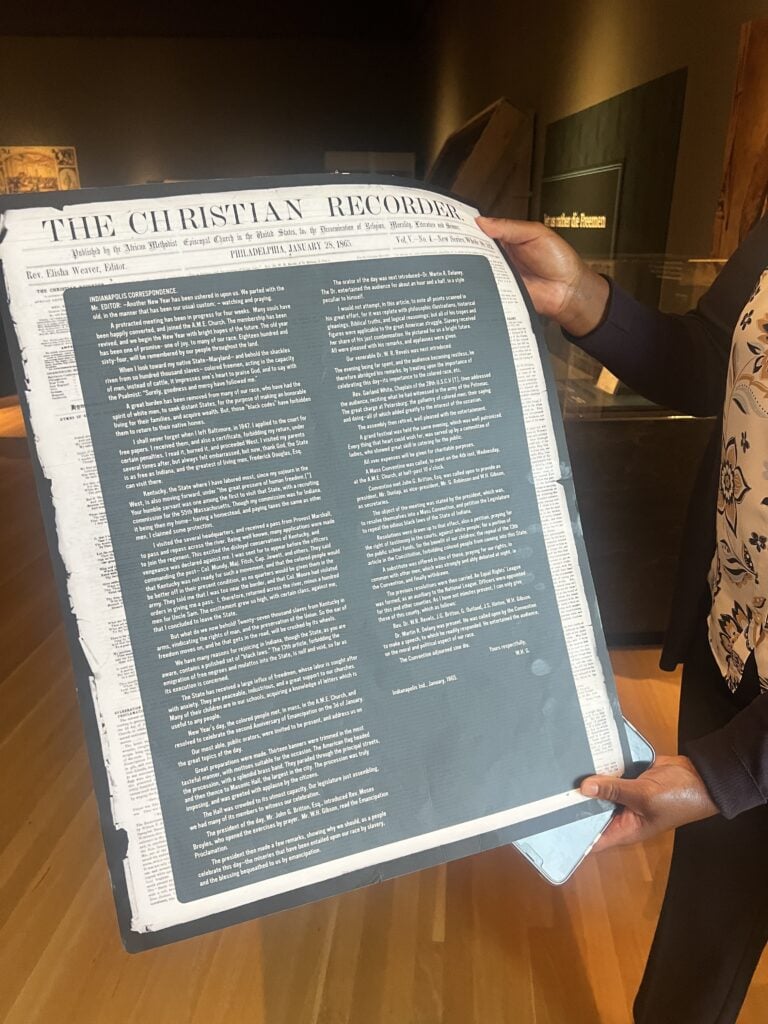
“We have this article from a newspaper in Richmond that reads, ‘Glorious victory: The Colored Troops won the war.’ We have the letters from Rev. Garland White to the Christian Recorder, the newsletter for the Bethel AME Church,” said Austin.
“Because the 28th Regiment Colored Troops and their Kentucky counterparts were considered some of the best soldiers in the Civil War, they merged together to become 25th Army Corps. It was a federal regiment,” said Austin.
Two years before the end of the Civil War, President Lincoln signed the Emancipation Proclamation in 1863; however, it was not effective in places still under Confederate control.
After Lee’s surrender, they shipped the 25th Army Corps out of Virginia to Fort Galveston, Texas on June 6, 1865.
They seized this area and chased their enemies into Mexico.
The Black soldiers of the 25th Army Corps also spread word about freedom, and historians estimate that thousands of enslaved people escaped because of these soldiers.
On June 19, 1865, some 2,000 Union troops arrived in Galveston Bay to announce that the more than 250,000 enslaved Black people in the state were free by General Order No. 3.
The 28th Regiment U.S. Colored Troops legacy
This day became known as Juneteenth.
Austin runs a consulting agency called Rogue Preservations Services. The business goes into low-income brown and Black communities to help them put historic districts in place.
They assist with building archives to leverage protections for neighborhoods.
She teamed up with Indiana Humanities to uncover neighborhoods on the Southeast Side of Indianapolis that the 28th Regiment U.S. Colored Troops founded during the Reconstruction era following the war.
Descendants of the troops remain living in the original properties that their ancestors purchased after the Civil War.
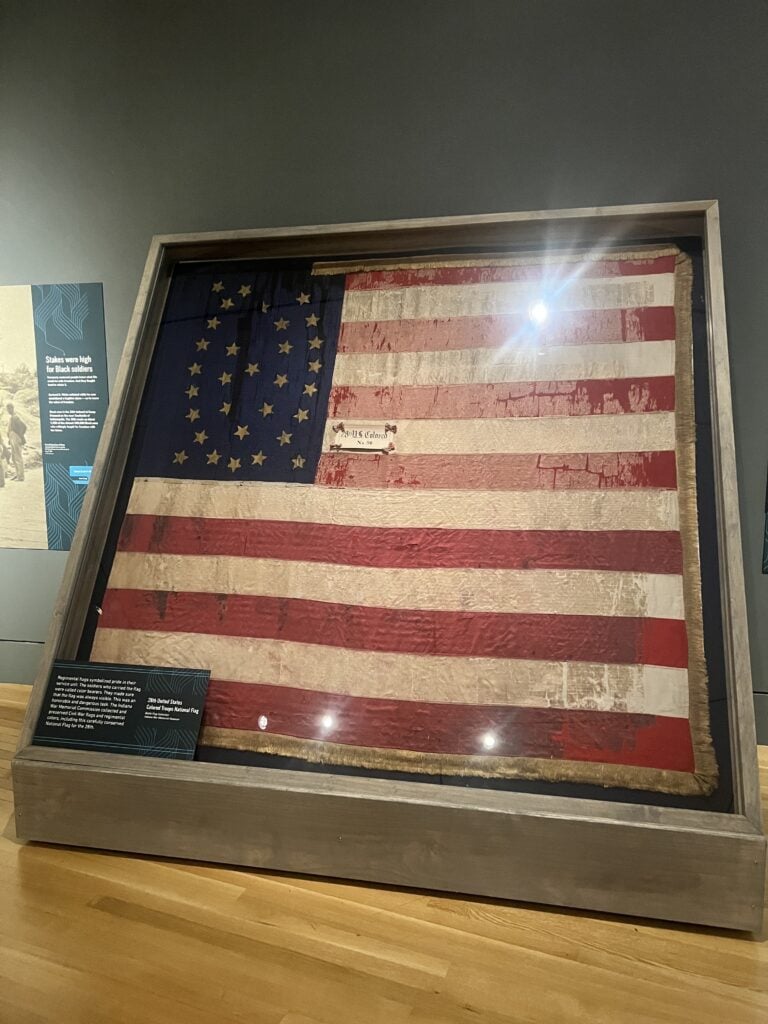
Austin interviewed descendants of the troops as part of the project.
“One of them, Ms. Lenora Frazier, her grandfather was (in) a colored troop from Kentucky. As I started talking to the other neighbors, they said, ‘Our grandfathers were Colored troops too.’ Ms. Lenora is kind of the memory keeper of Norwood. She has the church archives,” said Austin.
“Using her oral history, we’ve been able to construct an entire new history for the Southeast Side. None of this had been recorded in the State Museum or the Historical Society. They didn’t even know the names of the Colored Troops, and they didn’t know about the connection to Juneteenth.”
The founding neighborhoods will be turning 160 years old this year.
Crown Hill Cemetery is the final resting place of more than 225 African American soldiers who fought for the U.S. Army.
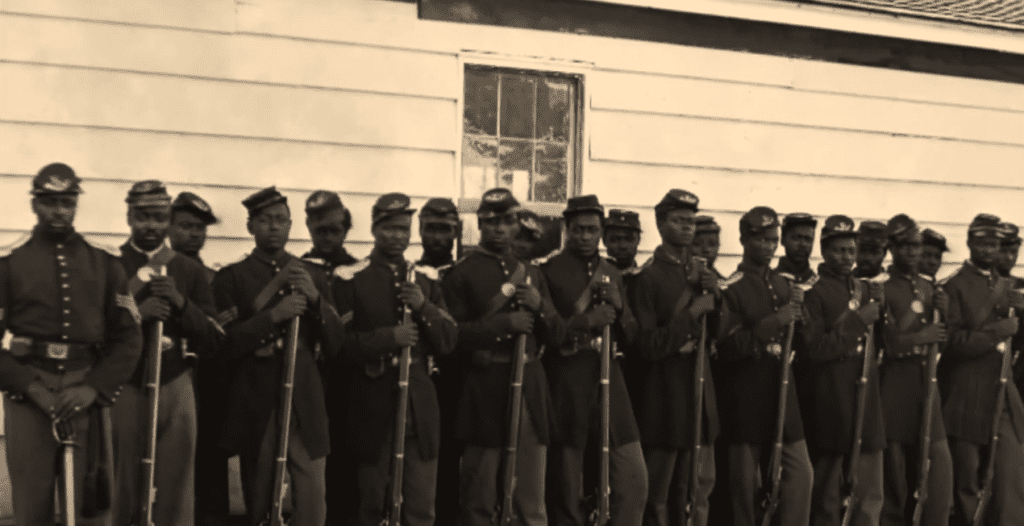
Contact staff writer Jade Jackson at 317-924-5143.


